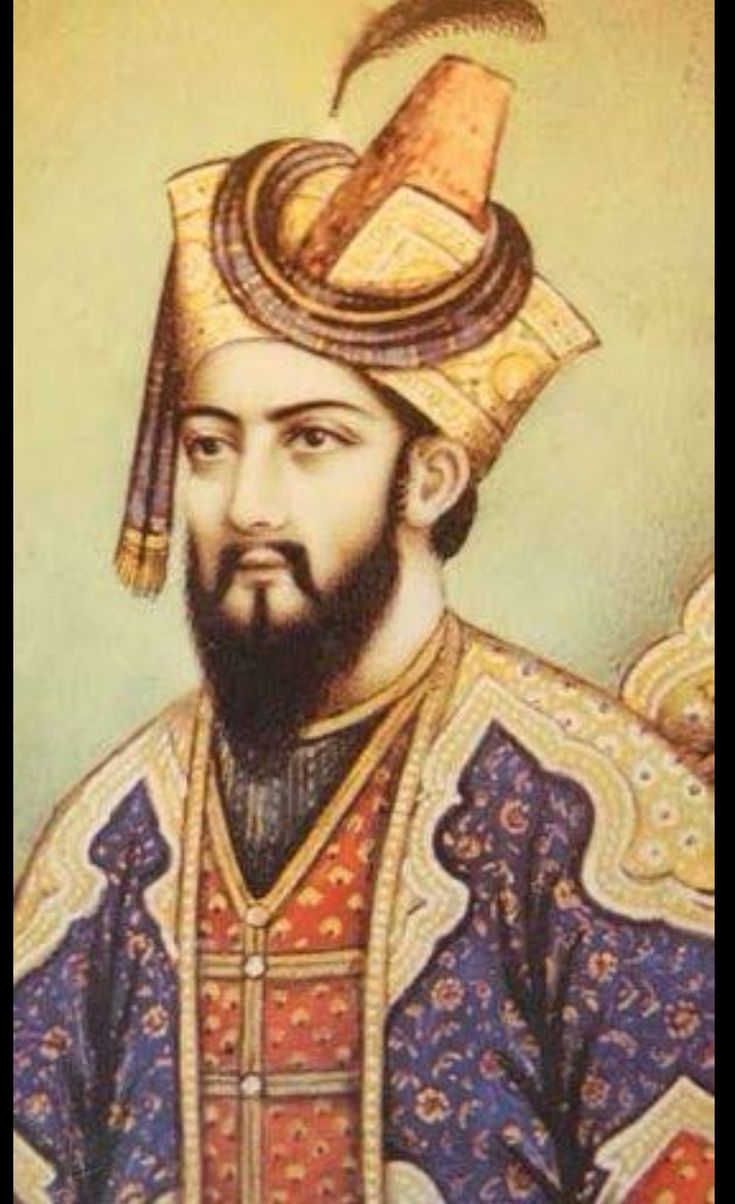
Nasir ud din Mohammad
Coins
Nasir ud-Din Muhammad Tughlaq, commonly known as Muhammad bin Tughlaq, ruled the Delhi Sultanate from 1325 to 1351. He is one of the most controversial figures in Indian history, known for his ambitious and often erratic policies. Muhammad bin Tughlaq implemented a number of reforms, including attempts to standardize currency and tax systems. His decision to move the capital from Delhi to Daulatabad was intended to better control southern territories, but it led to significant logistical challenges and discontent among the populace. While he was a patron of arts and literature, his reign was marked by military failures, harsh taxation, and widespread rebellion, which undermined his authority. His policies often backfired, leading to economic difficulties and social unrest. Despite his initial ambitions, his rule ultimately contributed to the decline of the Tughlaq dynasty.
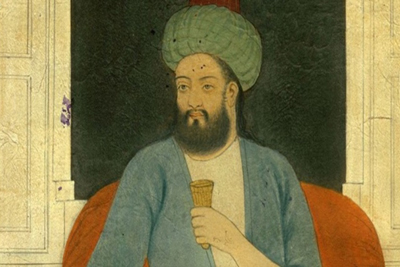
Mohammad Ibn Sam
Coins
Muhammad ibn Sam (commonly known as Muhammad Ghori) reigned from 1173 to 1206. He was a key figure in the establishment of Muslim rule in northern India and played a crucial role in the foundation of the Delhi Sultanate. Conquests: Muhammad Ghori is best known for his military campaigns in India, particularly his victories at the battles of Tarain in 1191 and 1192 against Prithviraj Chauhan. These victories opened the way for Muslim expansion in the region. Establishment of Rule: After his victories, he appointed local governors, establishing control over northern India and laying the groundwork for the Delhi Sultanate. Administrative Foundations: Ghori focused on administrative reforms and the integration of conquered territories into a cohesive state. Legacy: His conquests paved the way for subsequent rulers like Qutb al-Din Aibak, who became the first Sultan of Delhi. Muhammad Ghori is often credited with initiating the spread of Islam in the Indian subcontinent.Death and Impact: He died in 1206, and although he did not establish a lasting dynasty himself, his actions significantly influenced the political landscape of India for centuries to come.
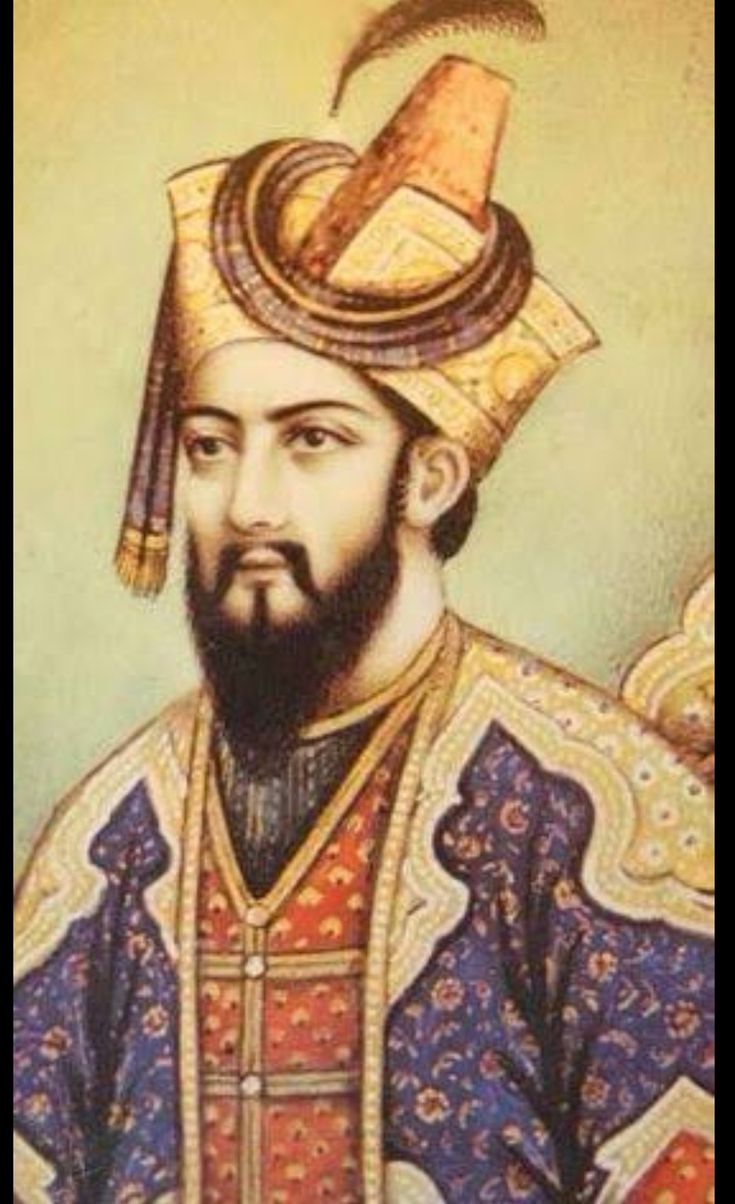
Mohammad Bin Tughluq
Coins
Muhammad bin Tughlaq (reigned 1324–1351) was a Sultan of Delhi known for his ambitious and controversial policies. Innovative Policies: He attempted significant reforms, including the relocation of the capital from Delhi to Daulatabad to centralize control, which led to widespread discontent. Token Currency: Introduced a token currency system intended to simplify trade, but it resulted in inflation and public distrust. Military Campaigns: Launched numerous military campaigns to expand his empire, facing challenges that often led to heavy losses and resource strain. Administrative Reforms: Implemented various reforms aimed at improving governance and tax collection, though many faced resistance. Legacy: His reign is characterized by both visionary ideas and failures, ultimately leading to instability and the decline of the Tughlaq dynasty after his death.
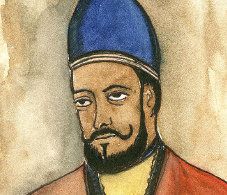
Islam Shah Suri
Coins
Islam Shah Suri (reigned 1545–1554) was the second ruler of the Suri Dynasty, succeeding his father, Sher Shah Suri. Key Points : Consolidation of Power: He focused on maintaining the stability and unity of the empire established by his father. Administrative Continuity: Islam Shah upheld and built upon Sher Shah\'s administrative reforms, improving tax collection and governance. Cultural Patronage: He was known for promoting arts and literature, fostering a vibrant cultural atmosphere during his reign. Military Challenges: His rule faced threats from rival factions and the return of the Mughal Empire under Humayun. Decline: After his death in 1554, the Suri Dynasty weakened, leading to the eventual resurgence of Mughal control in India.
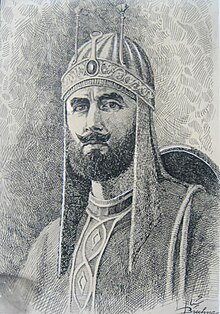
Sher Shah Suri
Coins
Sher Shah Suri (reigned 1540–1545) was the founder of the Suri Dynasty and is renowned for his effective administration and military prowess. Rise to Power: He rose from a humble background to defeat Mughal Emperor Humayun, establishing himself as the ruler of northern India. Administrative Reforms: Sher Shah introduced significant reforms, including a systematic revenue collection process, land surveys, and the establishment of a centralized administration. Infrastructure Development: He is credited with building the Grand Trunk Road, enhancing trade and communication across his empire.Military Strategy: Known for his strong military organization, he implemented strategies that ensured his victories and secured his territory. Legacy: Sher Shah’s governance and reforms laid the groundwork for later administrations, including the Mughal Empire. He is remembered as one of India’s most effective rulers.
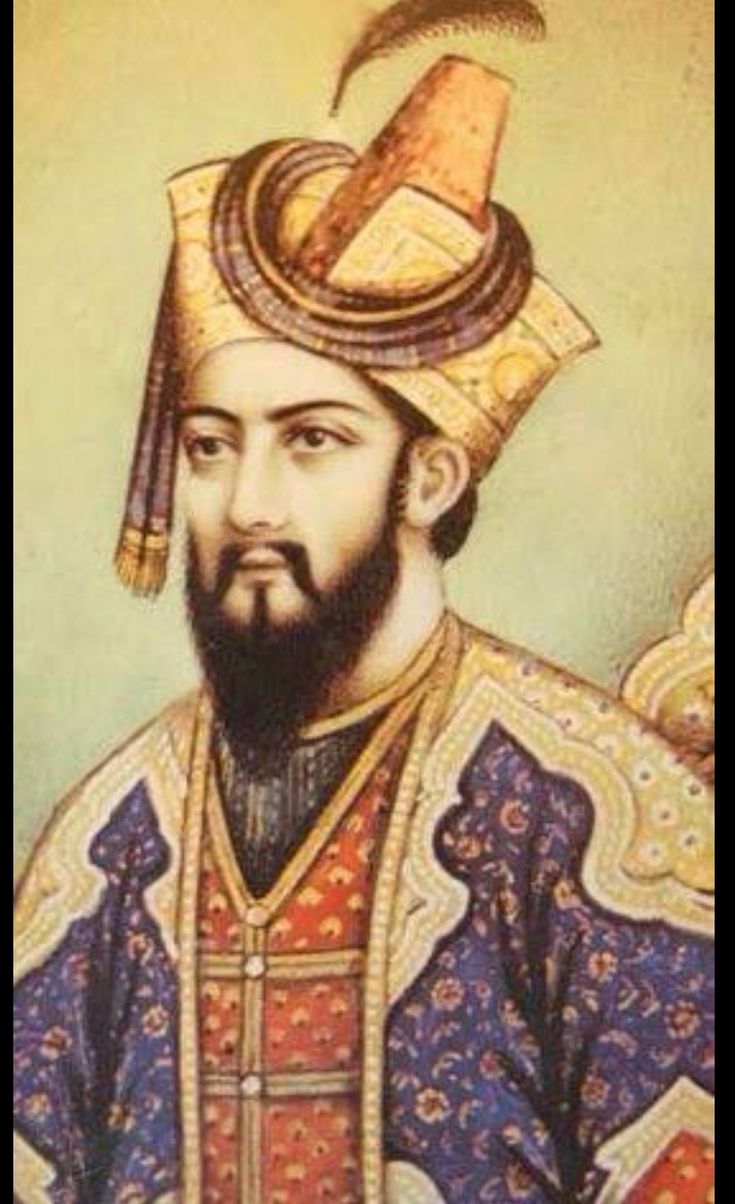
Qutub al din Mubarak Shah
Coins
Qutb-ud-din Mubarak Shah (r. 1316–1320) also known as Ikhtiyar al-Din,[1] was a ruler of the Delhi Sultanate of present-day India. A member of the Khalji dynasty, he was a son of Alauddin Khalji. After Alauddin's death, Mubarak Shah was imprisoned by Malik Kafur, who appointed his younger brother Shihabuddin Omar as a puppet monarch. After Malik Kafur's murder, Mubarak Shah became the regent. Soon after, he blinded his brother, and usurped the power. After ascending the throne, he resorted to populist measures, such as abolishing the heavy taxes and penalties imposed by his father, and releasing thousands of prisoners.
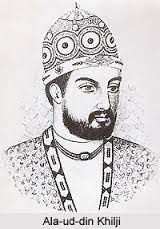
Ala ud din Masud
Coins
Alauddin Masood Shah bin Rukhuddin Firuz Shah bin Shamsuddin Iltumish (Persian: علاء الدین مسعود شاه; died 10 June 1246) was the seventh sultan of the Delhi Sultanate.
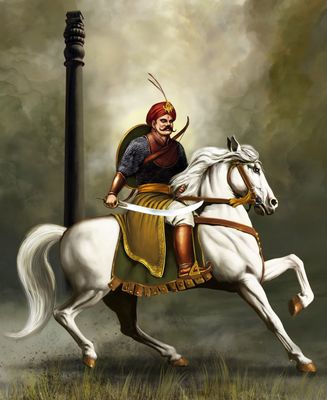
jalal ud din Firuz Shah
Coins
Jalal-ud-Din Khalji, also known as Firuz al-Din Khalji or Jalaluddin Khilji (Persian: جلالالدین خلجی; c. 1220 – 19 July 1296, r. 1290–1296) was the founder and first Sultan of the Khalji dynasty that ruled the Delhi Sultanate of India from 1290 to 1320.
